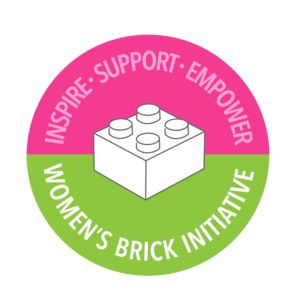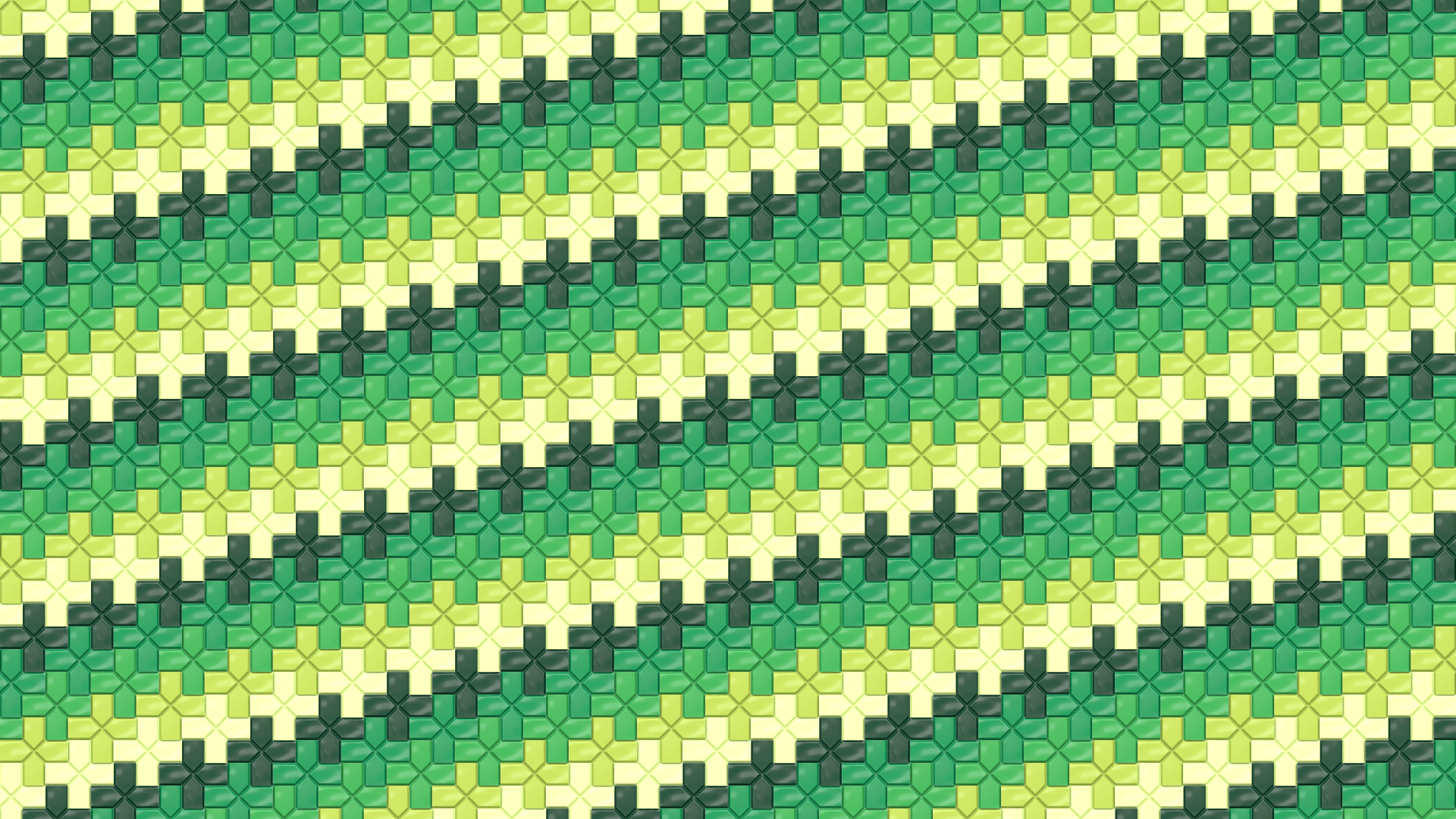
In a recent community survey on LGBTQ+ representation in LEGO, over five hundred participants spoke with clarity and urgency about what inclusion really means, and why token gestures are no substitute for deep, year-round commitment.
The data showed a clear and strong appetite for change: more than two-thirds of respondents reported that they had never seen themselves or their peers represented in LEGO minifigures or sets. Many pointed out that while LEGO has made strides, such as the “Everyone is Awesome” set, representation often begins and ends with special-edition rainbow products, rolled out during Pride month, and rarely integrated into the company’s ongoing play worlds.
For LGBTQ+ players and allies alike, toys aren’t just entertainment, they are tools for self-discovery, empathy, and imagination. When children see themselves reflected in the worlds they build, it tells them they belong. Conversely, when queer characters are absent, or only appear in limited, seasonal releases, it sends a quiet but powerful message that those lives are “extra” rather than part of the norm.
Research supports this: according to Parents.com, gender-neutral and diverse toys encourage open-mindedness, empathy, and creativity, helping all children grow up with a wider understanding of the world. The Kid Collective writes, “Children’s toys are not just for entertainment, they play an important role in children’s development, helping to shape how they see themselves and others.”
But many survey respondents felt LEGO’s current approach risks slipping into rainbow capitalism, a pattern where corporations profit from LGBTQ+ symbolism without investing in structural change. As a recent Harvard Politics article warns, this type of representation “commodifies identity while ignoring the needs of the community,” creating a cycle where visibility is sold but equality is not advanced.
How LEGO Can Truly Reflect LGBTQ+ Lives
Respondents made it clear: representation isn’t about sprinkling in a rainbow cape or swapping out a hairpiece, it’s about creating minifigures and storylines that truly reflect the people who play with them.
One participant put it plainly: “It’s great to have queer minifigs, but I want to see a Black trans boy with locs building a spaceship, not just a generic rainbow figure.” That desire for intersectionality, where queerness and racial identity are visible together, ran through dozens of responses. They wanted hair textures, skin tones, and cultural aesthetics that affirm the full complexity of lived experience.
Others called for gender fluidity and nonbinary representation woven naturally into sets. As one wrote, “I’d love a character whose gender is never specified, who just exists in the LEGO world as an adventurer, or an inventor, or a baker, someone doing things, not just holding a rainbow flag.” These voices wanted androgynous designs, varied clothing options, and characters with nonbinary pronouns, figures who are active participants in the LEGO universe rather than symbolic inclusions.
Participants also highlighted the erasure of disability within queer representation. One particularly powerful suggestion read: “We never see queer people with hearing aids, or in wheelchairs, or who are autistic. We exist and kids should be able to build us.” They envisioned not only minifigs with visible mobility aids but also sensory-affirming environments and characters whose neurodiversity is a celebrated part of the play world.
And threaded through all these responses was the call for joy. One participant wrote, “Not every queer story needs to be about bullying or coming out, sometimes I just want to see two girls building a house together, or a trans kid and their friends exploring a jungle.” For them, joy and friendship were just as important as visibility.
In rejecting tokenism, many respondents turned their comments toward LEGO’s role as a global brand. “Don’t just change your logo in June, show us year-round that you mean it,” one wrote. They called for deeper commitments: collaborating with queer designers, reinvesting profits in LGBTQ+ causes, and telling inclusive stories in every season.
If LEGO wants to truly serve all its players, both young and grown, it must see representation not as a marketing campaign, but as a design philosophy. Inclusion should not be a special edition or only for the month of June. It should be the default.
Want a closer look at the numbers? Click here!
*In the data, clean responses mean responses that don’t include malicious language that could be considered offensive (including but not limited to slurs, threats, etc).
Works Cited
“The Importance of Playing with Diverse and Inclusive Children’s Toys.” The Kid Collective, 16 Aug. 2023, https://thekidcollective.co.uk/blogs/blog/the-importance-of-playing-with-diverse-and-inclusive-children-s-toys.
Miller, Catherine. “5 Ways Kids Benefit from Gender-Neutral Toys and Activities.” Parents, 9 Sept. 2022, https://www.parents.com/fun/toys/kid-toys/ways-kids-benefit-from-gender-neutral-toys-and-activities/srsltid=AfmBOoo5yzZrkkS2T_iupgBCoeMtgw8TVOhlQ1PTcUdaAtr6DARsiXfZ.
Sharma, Aashna. “Rainbow Capitalism: The Commodification of Pride and Its Impact on LGBTQ+ Mental Health.” Medium, Inspire the Mind, 15 June 2023, https://medium.com/inspire-the-mind/rainbow-capitalism-the-commodification-of-pride-and-its-impact-on-lgbtq-mental-health-c0a3bb07c653.
Moch, Sophia. “Rainbow Capitalism: The Commodification of the LGBTQ+ Movement.” Harvard Political Review, 17 June 2021, https://harvardpolitics.com/rainbow-capitalism/.
“What Is Rainbow Capitalism and Why Is It Harmful?” LGBTQ and All, 10 May 2023, https://www.lgbtqandall.com/what-is-rainbow-capitalism-and-why-is-it-harmful/.

